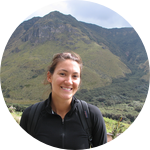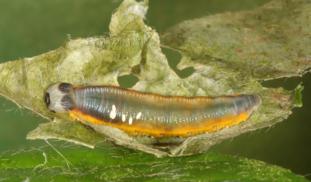Please wait...
About This Project
Parasitoid diversity is rapidly declining in La Selva Costa Rica, yet many species remain undescribed limiting our ability to understand how local extinction of parasitoids will impact ecosystem function and stability. Here, we explore the hypothesis that increased frequency of extreme weather events negatively affects tropical plant-insect-parasitoid interactions by measuring the impact of flooding on parasitism rates and interaction diversity.

Browse Other Projects on Experiment
Related Projects
How do polar bears stay healthy on the world's worst diet?
Polar bears survive almost entirely on seal fat. Yet unlike humans who eat high-fat diets, polar bears never...
Uncovering hidden insect diversity associated with a likely undescribed gall-forming midge
Does a likely undescribed species of gall-forming midge (pers. comm. Ray Gagné) on Eriodictyon plants (Yerba...
Macrofungi of the California archipelago
The eight islands of the California Archipelago are a well-studied biodiversity hotspot — but we know almost...




